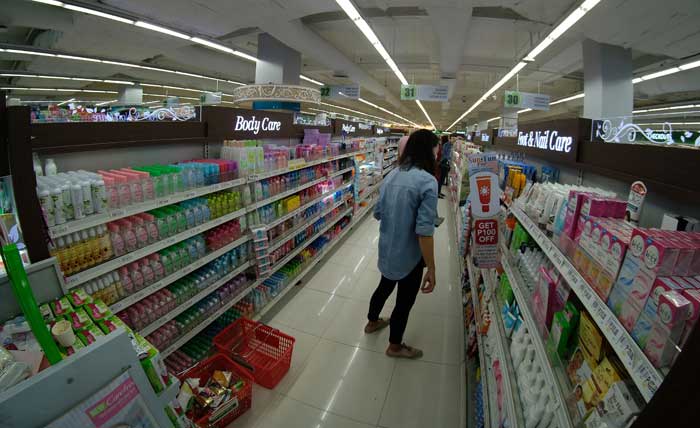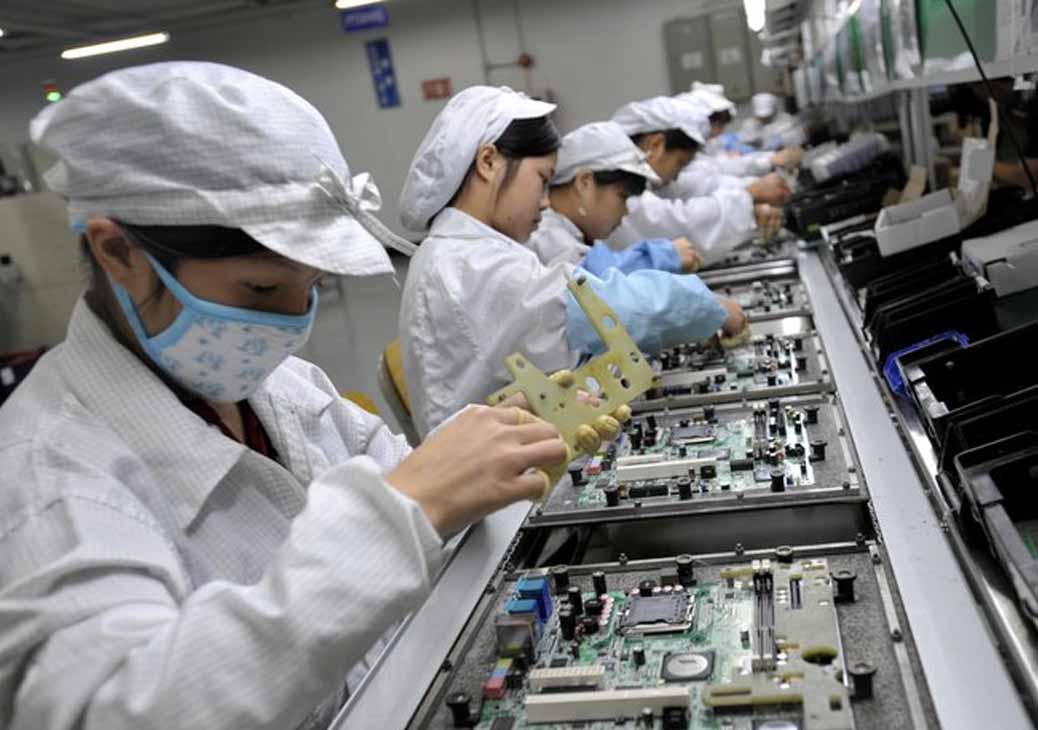Despite the pandemic, food retail sales in the Philippines are expected to grow 20 percent this year to $60 billion from $50 billion in 2019, according to the United States Department of Agriculture’s (USDA) Foreign Agricultural Service.
The increase is attributed to the significant change in consumer behavior.
People have been cooking food at home, driving a surge in purchases of local and imported food and beverage products from supermarkets and online portals, according to the USDA report dated June 30.
It said 70 percent of the food service sales or roughly $10 billion will go to the food retail sector by the end of 2020.
Citing interviews with key players, USDA said 25 to 30 percent of shoppers have shifted to online platforms and more are expected to move in the coming months as user interfaces are improved, out- of-stock situations are addressed and delivery times are shortened.
The USDA said the unprecedented shift from food service to food retail has created opportunities for more American food and beverage grocery products to enter the Philippine market.
This is because Filipino consumers are familiar with brands and regard US food and beverage products as safe, reliable and of good quality.
The USDA also said 20 percent of the population or about 21 million people have sufficient income to purchase imported food and beverage products regularly and are open to new products
However, it warned that importers may have a problem with the relatively high cost of shipping from the US to Manila or Cebu compared to producers from Asia-Pacific which are enjoying bilateral and regional free trade agreements with Washington.
The US was the Philippines’ largest supplier of agricultural products last year, with a 24 percent market share.
Also last year, the Philippines ranked as the ninth largest market in the world for US agricultural products with export sales amounting to $2.89 billion, almost the same level as the previous year.





